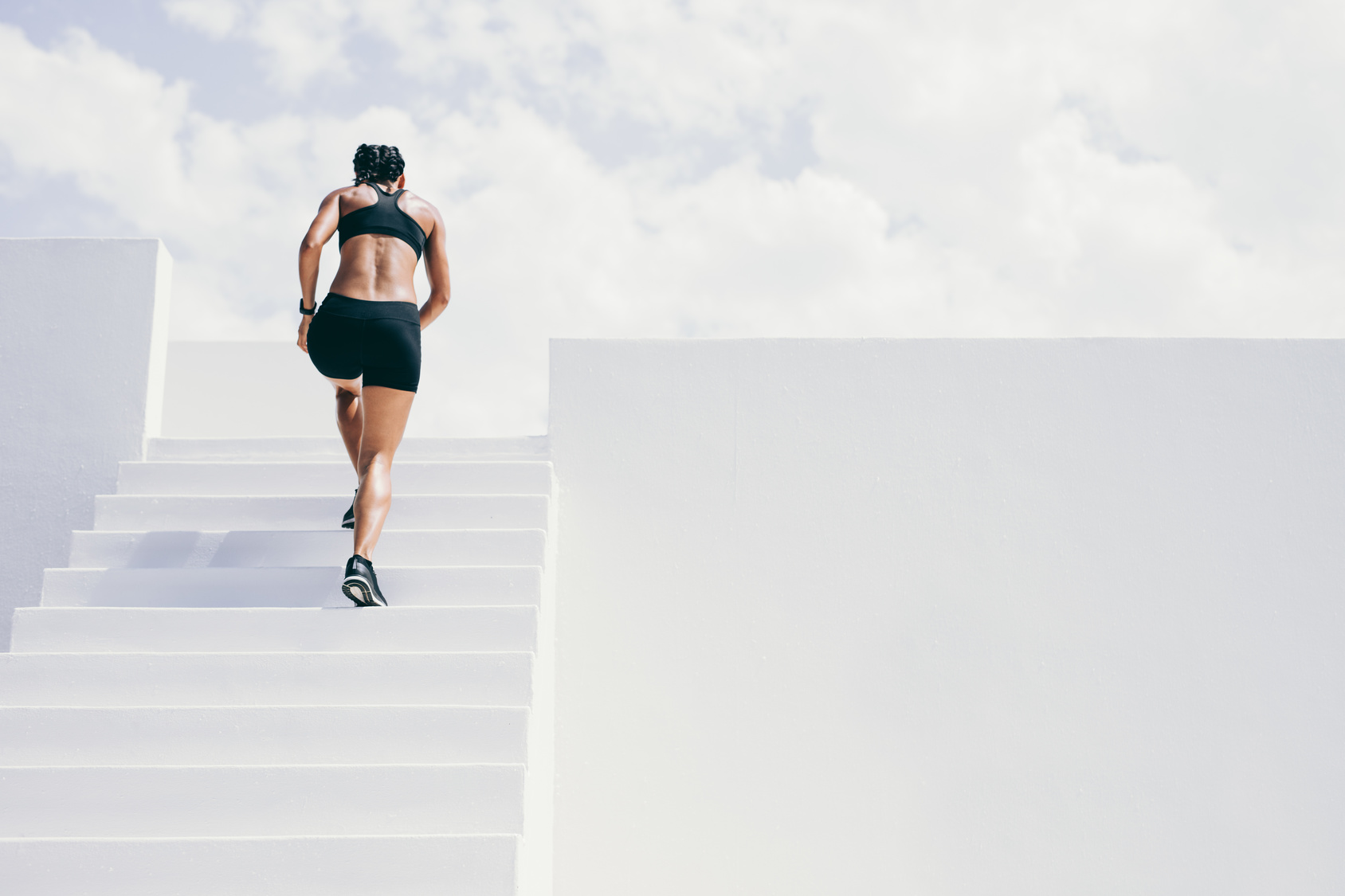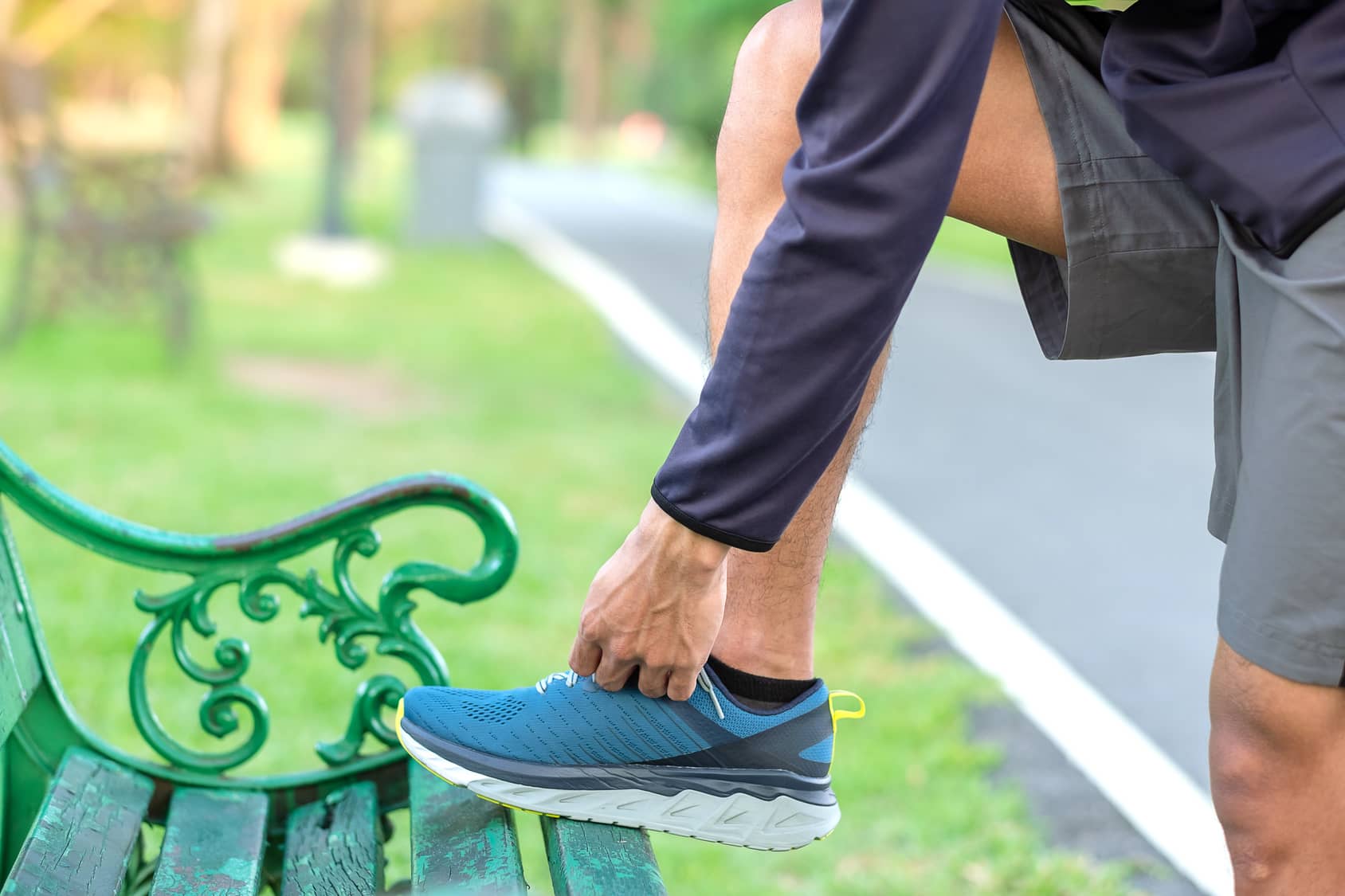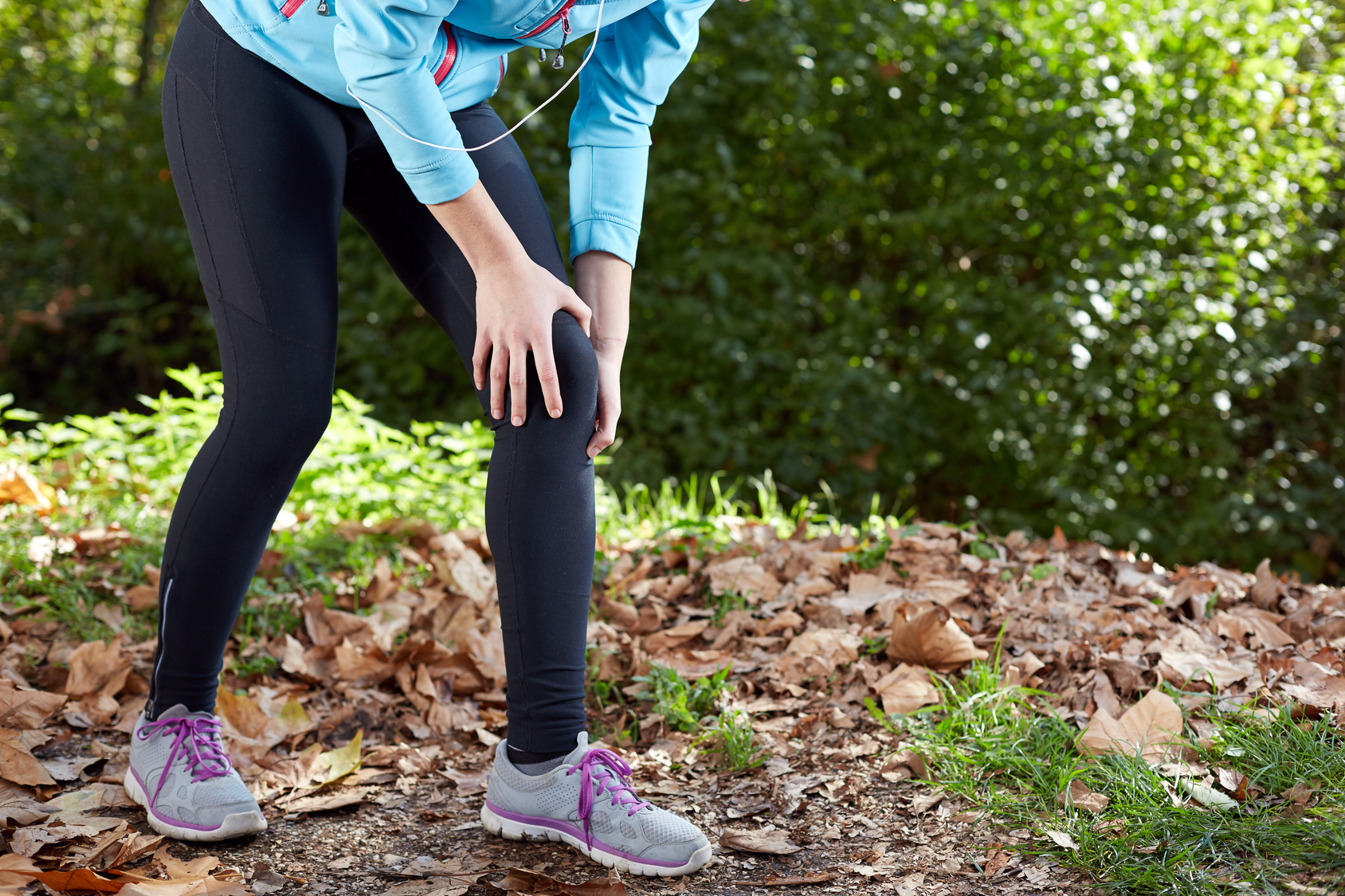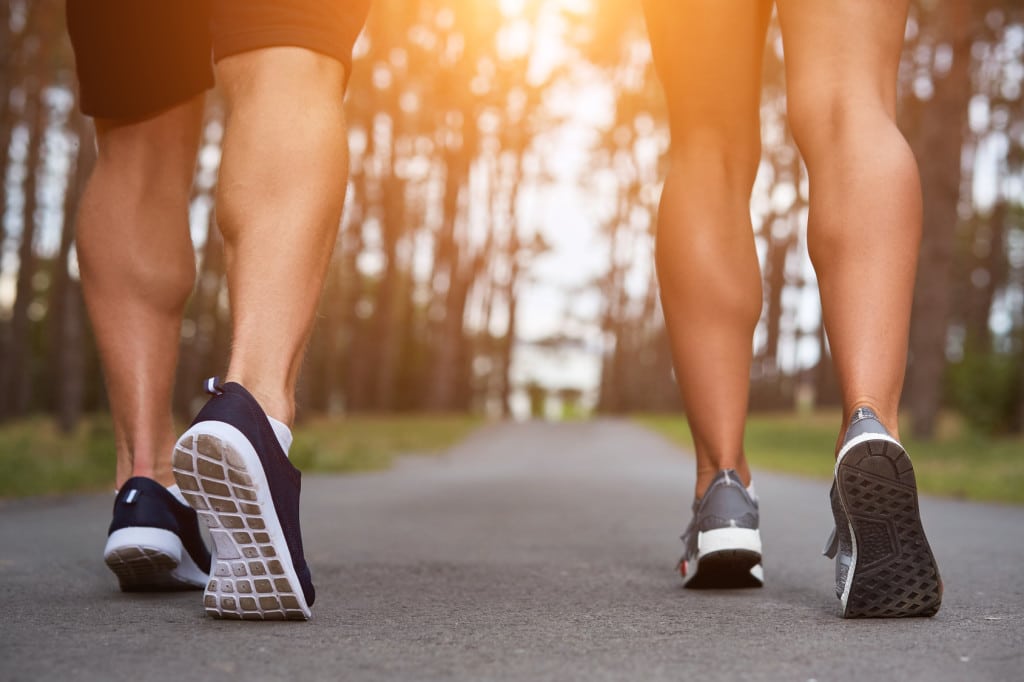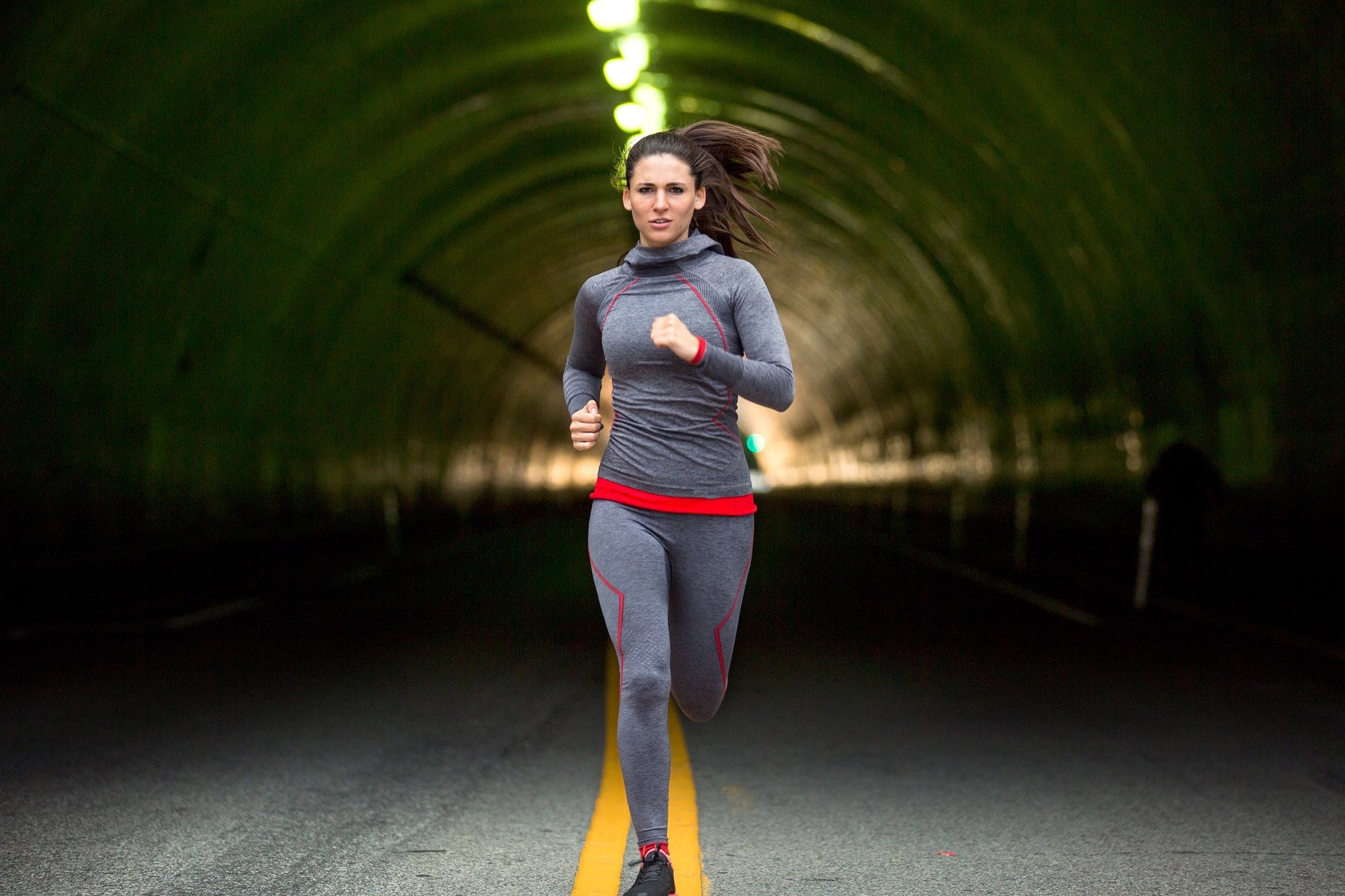Are you on the hunt for the ultimate treasure trove of running wisdom? Well, you’ve hit the jackpot because you’ve stumbled upon the holy grail of running books right here!
Picture this: you, me, and a collection of the most awe-inspiring running books ever written. As runners, we know there’s a whole world of knowledge out there, just waiting to be explored. And let’s face it, sometimes we’re just like eager beavers, craving to dive deep into a subject and soak up every bit of running wisdom we can find.
Now, I’ll let you in on a little secret: I’m not just a passionate runner; I’m also a proud self-proclaimed running nerd. Yep, I wear that badge with pride! So, if you’re anything like me – a runner with an insatiable appetite for learning – then you’re in for a treat.
Today, my fellow runner, I’m here to spill the beans and share with you my personal treasure trove of the all-time best running books. Oh, you better believe it’s going to be an adventure packed with inspirational stories, juicy nuggets of useful information, and practical training guidelines that will turbocharge your running game.
Are you ready to lace up those mental running shoes and embark on a journey of self-discovery and mastery? Buckle up, my friend, because this is where the magic happens. Let’s dive into this epic list of running greatness that will leave you feeling like a true running superstar! So, without further ado, let’s unleash the power of these incredible running books and set forth on an unforgettable quest to become the best runner we can be!
Best Running Books No – 1. Born To Run: A Hidden Tribe, Superathletes, and the Greatest Race the World Has Never Seen
By far, this might be one of the most mainstream running books of all times.
“Born To Run”! isn’t just your run-of-the-mill running read; oh no, it’s the stuff of legends, the kind that leaves a trail of inspiration wherever it goes.
Now, imagine this: a world where running is not just a sport, but a way of life. And right in the heart of Mexico’s Copper Canyons dwells a mysterious tribe known as the Tarahumara – super athletes whose running prowess defies all odds. They’re like the hidden gems of the running world, and boy, do they know how to cover ground
Enter our intrepid hero, Christopher McDougall, a fellow running enthusiast on a quest for the secrets of these legendary runners. But little did he know that he was about to uncover not just a captivating story but a scientific revelation that would rock the world.
McDougall takes us on a rollercoaster journey, immersing us in the heart-pounding adventure of a lifetime. As we flip through the pages, we’ll encounter a fusion of breathtaking storytelling, cutting-edge science, and practical wisdom that’s like discovering buried treasure.
This book isn’t just for us runners, oh no! It’s got the power to captivate even those who have never tied a shoelace in their life. “Born To Run” has woven its magic far beyond the running realm, making its mark on the non-running world like a meteor crashing into the earth.
Quote from the book:
“Distance running was revered because it was indispensable; it was the way we survived and thrived and spread across the planet.
You ran to eat and to avoid being eaten; you ran to find a mate and impress her, and with her, you ran off to start a new life together.
You had to love running, or you wouldn’t live to love anything else.
And like everything else we love — everything we sentimentally call our ‘passions’ and ‘desires,’ it’s an encoded ancestral necessity.
We were born to run; we were born because we run.“
Best Running Books No – 2. Running On Empty: An Ultramarathoner’s Story of Love, Loss, and a Record-Setting Run Across America
Alright, folks, buckle up for a story that will leave you in awe – “Running On Empty” by the extraordinary Marshall Ulrich! This isn’t your average tale of running; it’s a rollercoaster of love, loss, and a mind-boggling record-setting run across the entire United States.
Now, let me tell you about Marshall Ulrich – the ultimate endurance athlete of all time! This guy is a living legend, a force of nature in the world of ultramarathons.
Imagine running more than 100 ultramarathons, each averaging over 100 miles – that’s like crossing multiple states on foot! But that’s not all, oh no, not even close.
He’s conquered not just mountains but continents, bagging the highest summits on each one, including the mighty Mount Everest, on his very first try. I mean, seriously, ain’t that impressive? The man is a true inspiration.
So what’s this book all about? Well, let me tell you, it’s a mesmerizing journey deep into the psyche of an ultramarathoner. Mr. Marshall takes us along for the ride of a lifetime as he embarks on a jaw-dropping run from sunny California all the way to the hustle and bustle of New York City.
Now, hold on tight, because we’re talking about running two full marathons and a 10K every single day for two months straight. Yeah, I know, it’s hard to wrap your head around it, but that’s the stuff of legends right there.
But folks, let me be real with you. This isn’t just a tale of triumph and glory. No, no, no – it’s a raw and honest account of the agonizing punishment Marshall endured on that grueling road..
Quote from the book
“Keep going, one foot in front of the other, millions of times.
Face forward and take the next step.
Don’t flinch when the road or gets rough, you fall down, you miss a turn, or the bridge you planned to cross has collapsed.
Do what you say you’ll do, and don’t let anything or anyone stop you.
Deal with the obstacles as they come.
Move on.
Keep going, no matter what, one foot in front of the other, millions of times.”
Best Running Books No – 3. Once A Runner: A Novel
“Once A Runner: A Novel” is a true gem in the world of running literature! This book is like the secret handshake of elite runners, a cult classic that every serious athlete in the sport must experience. It’s not just a book; it’s a rite of passage, a journey into the heart and soul of competitive running.
Picture this: a young and ambitious runner named Quinton Cassidy, hailing from the prestigious but fictional Southeastern University.
Now, this isn’t your typical underdog story; it’s a tale of dedication, passion, and the burning desire to achieve greatness. Quinton’s ultimate dream? To break the elusive four-minute mile, a feat that few can even fathom. But oh, the road to that dream is paved with challenges and sacrifices.
As you delve into the pages of this captivating novel, you’ll be transported into the world of competitive running like never before. John L. Parker, Jr., the mastermind behind this literary masterpiece, weaves a tale that captures the essence of the sport. You’ll feel the pounding of shoes on the track, the thrill of the race, and the camaraderie among fellow runners.
But let me tell you, it’s not all sunshine and rainbows. Quinton Cassidy’s journey is one of intense dedication and unwavering focus, but it’s also a story of struggle and sacrifice. You’ll witness the grueling training sessions, the physical pain, and the mental battles that come with the pursuit of greatness.
And here’s the thing – even if you’re not an elite runner, this book still has so much to offer. It’s a captivating exploration of the human spirit and the relentless pursuit of excellence.
Quote from the book
“What was the secret, they wanted to know; in a thousand different ways they wanted to know The Secret.
And not one of them was prepared, truly prepared to believe that it had not so much to do with chemicals and zippy mental tricks as with that most unprofound and sometimes heart-rending process of removing, molecule by molecule, the very tough rubber that comprised the bottoms of his training shoes.
The Trial of Miles; Miles of Trials.”
Best Running Books No – 4. Chi Running: A Revolutionary Approach to Effortless, Injury-Free Running
This is the first book I read about running.
Ah, “Chi Running: A Revolutionary Approach to Effortless, Injury-Free Running” – the book that completely transformed my running journey! Let me tell you, if you’re a newbie looking to take your running to the next level, this book is an absolute game-changer.
Picture this: you’re lacing up your running shoes, eager to hit the pavement, but you’re plagued with nagging injuries and wondering if there’s a better way. Well, my friend, that’s exactly where I found myself before discovering “Chi Running.”
Written by the legendary ultra-marathoner and coach, Danny Dreyer, this book is a treasure trove of wisdom that will revolutionize the way you approach running. Say goodbye to injuries and hello to a world of effortless, injury-free running.
So what’s the secret sauce of Chi Running, you ask? It’s all about harnessing the power of your core and unleashing the inner harmony between your mind and body. This revolutionary approach teaches you how to run with grace and ease, tapping into the natural flow of your body’s movement.
One of the core principles you’ll learn is to engage your core and maintain a tall posture with a gentle forward lean. This posture not only enhances your efficiency but also minimizes the risk of injury. Imagine feeling light on your feet, floating through your runs, and leaving behind the days of nagging aches and pains.
Oh, and the best part? This approach isn’t just about running faster, although that’s a fantastic bonus. It’s also about going the distance with fewer injuries. Say goodbye to those dreaded heal strikes, and embrace the midfoot landing, allowing your feet to kiss the ground with grace.
But wait, there’s more! “Chi Running” isn’t just a technical guide; it’s a well-rounded running program that covers all aspects of your running journey. From warm-ups to cooldowns, from breathing techniques to mental focus, this book leaves no stone unturned.
I can vouch for the magic of “Chi Running” firsthand. This book has set me on the right path, transforming my running routine into a delightful and injury-free fitness experience. Whether you’re a seasoned runner or just starting out, Danny Dreyer’s wisdom will guide you to new heights.
Quote from the book
“If you’re short of breath, it’s not because you aren’t breathing in enough—it’s because you’re not breathing out enough.”
Best Running Books No – 5. What I Talk About When I Talk About Running: A Memoir
Ah, “What I Talk About When I Talk About Running: A Memoir” – a delightful little book that takes you on a journey through the mind of the renowned Japanese novelist and long-distance runner, Haruki Murakami.
Imagine flipping through the pages of this slender book and immersing yourself in Murakami’s introspective reflections on running. It’s like embarking on a soul-searching adventure, where every step he takes on the road is mirrored by the deep thoughts that swirl in his mind.
Now, let me tell you, this isn’t your typical training manual filled with pace charts and workout routines. No, no! “What I Talk About When I Talk About Running” is a lyrical collection of philosophical thoughts and profound insights that emerge from Murakami’s consistent and intense running practice.
As you dive into this literary gem, you’ll find yourself pondering the very essence of running – not just as a physical pursuit but as a metaphor for life itself. Murakami weaves tales of his running experiences, seamlessly blending them with anecdotes from his writing journey.
And here’s the beauty of it: you won’t find a one-size-fits-all approach to improving your running performance in this book. Instead, you’ll discover a treasure trove of inspiration to fuel your passion for hitting the road and running more miles.
Whenever you need that extra push to lace up your shoes and head out for a run, “What I Talk About When I Talk About Running” will be your faithful companion. It’s like having a conversation with a wise and experienced friend who understands the very soul of a runner.
Sure, there might not be specific training tips or techniques, but what you’ll gain is so much more valuable. You’ll gain a deeper understanding of the mental and emotional aspects of running – the sheer joy, the solitude, the challenges, and the victories.
In those moments when you’re questioning your dedication or wondering why you continue to run, Murakami’s memoir will gently nudge you back on track. It’s a reminder that running isn’t just about the physical exertion but also a profound connection to oneself and the world around us.
Quote from the book:
“I’m no great runner, by any means.
I’m at an ordinary – or perhaps more like mediocre – level.
But that’s not the point.
The point is whether or not I improved over yesterday.
In long-distance running, the only opponent you have to beat is yourself, the way you used to be.”
Best Running Books No – 6. Why We Run
Picture yourself delving into the captivating world of “Racing the Antelope: What Animals Can Teach Us About Running And Life.” This book is a true gem, carefully crafted to offer you a unique blend of psychology, biology, philosophy, anthropology, and evolutionary sciences – all woven together into a mesmerizing tapestry of knowledge.
Authored by none other than the famous biologist, award-winning nature writer, and ultramarathoner, Bernd Heinrich, this book takes you on a thrilling intellectual journey.
With every turn of the page, you’ll be transported into the fascinating realm of human evolution, seen through the lens of ultra endurance.
Heinrich, with his expert eye, explores the parallels between humans and the animal kingdom, delving deep into the world of creatures known for their astonishing endurance.
You’ll be amazed to discover the wisdom hidden within the animal kingdom and the valuable lessons they can impart to us as runners and as individuals.
This book isn’t just about running; it’s a symphony of disciplines coming together to paint a vivid portrait of what it means to push our limits and transcend the boundaries of human capabilities.
Heinrich’s narrative guides you through the complexities of psychology, the intricacies of biology, and the enigma of evolutionary sciences – all intertwined with the thread of running and endurance.
As you immerse yourself in this captivating exploration, you’ll gain a newfound appreciation for the depth of our human potential.
Heinrich’s insights shed light on the inner workings of the human spirit, illuminating how we, too, possess the innate ability to endure and triumph in the face of challenges.
Prepare to be spellbound by tales of ultra endurance from both the animal kingdom and the realm of human accomplishment. Heinrich artfully connects these stories, revealing profound insights that will leave you pondering the intertwined paths of nature and human existence.
Quote from the book:
“The human experience is populated with dreams and aspirations.
For me, the animal totem for these dreams is the antelope, swift, strong and elusive.
Most of us chase after ‘antelopes,’ and sometimes we catch them.
Often we don’t.
But why do we bother to try?
I think it is because without dream-antelopes’ to chase we become what a lap dog is a wolf.
And we are inherently more like wolves than lap dogs.”
Best Running Books No – 7. Run Faster
If you’re itching to unlock your true running potential and leave your competition in the dust, then I’ve got the ultimate gem for you: Brad and Matt’s phenomenal masterpiece.
Now, let me tell you, this ain’t your ordinary run-of-the-mill training book; it’s a game-changer, a life-enhancer, and a true marvel in the world of athletic performance. Believe me when I say, it’s hands down, my absolute favorite training book of all time – and for a good reason!
Inside these pages, you’ll discover a treasure trove of cutting-edge techniques and strategies that will propel you to the top of your running game. Brad and Matt pull back the curtain and invite you into the minds of elite coaches, sharing their secrets and wisdom like never before.
But hold your horses, my friend, this isn’t about promising you’ll become an Olympic champion overnight. No, no, no – it’s about embracing a mindset, a methodology, and a training system that will propel you to your personal best. Just like Brad Hudson did with the incredible Dathan Rizenhein – turning him into a bona fide Olympian.
Now, I know you might be wondering, “Can I really replicate the success of an Olympian?” Well, the answer is simple – yes and no. You see, Brad and Matt’s approach isn’t about cloning elite runners, but rather about uncovering the building blocks of success and tailoring them to your unique journey.
From training techniques that’ll have you smashing through plateaus to mindset hacks that’ll keep you focused and motivated, this book is a complete package – and then some! It’s like having your own personal coach right at your fingertips.
Best Running Books No – 8. Daniels’ Running Formula
Alright, fellow runners, are you ready to kick your running game up a notch? Look no further because Daniels’ Running Formula is about to become your secret weapon!
Picture this: you’re holding a book packed to the brim with the latest exercise science that’ll turbocharge your running performance. Yep, that’s exactly what you’ll find within the pages of this gem. It’s like having your own personal running guru right by your side, guiding you every step of the way.
Now, this ain’t your average running manual – oh no! Daniels’ Running Formula is the real deal, diving deep into the nitty-gritty of savvy running techniques that will have you soaring like a gazelle. From mastering your cadence to tapping into the power of heart rate training and unlocking your VO2 Max potential – this book has it all.
But wait, there’s more! Daniels doesn’t just throw some random advice your way; oh, no, my friends, he’s got a methodical and science-based approach that’ll set you on the path to greatness. This isn’t a one-size-fits-all plan; it’s all about crafting a personalized training program based on real exercise science.
Now, here’s a little heads up for you newbies out there – Daniels’ Running Formula might be a bit on the advanced side.
If you’re still wobbling on those running legs, fear not! First, get yourself comfortable with the basics. Maybe check out “Run Faster” by Brad Hudson to build a solid foundation.
But once you’re ready to take things to the next level, Daniels’ book is your golden ticket. Get ready to unravel the secrets of running success, to conquer those personal records, and to unleash your full potential.
Quote from the book:
“The result is that you get about 3 minutes at VO2max in runs one and two, but you get no time at max in runs three, four, and five.
What was the purpose of the workout? If it was to hurt, you accomplished the purpose, but if you had planned to spend 15 minutes or so stressing your aerobic maximum, you missed that completely.”
Conclusion
So do you agree with my list?
Do you have any additional books and titles to add to the list?
If so, then feel free to add them in the comments section below.

